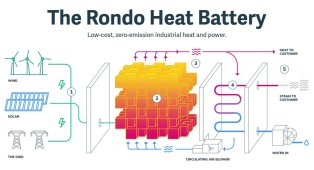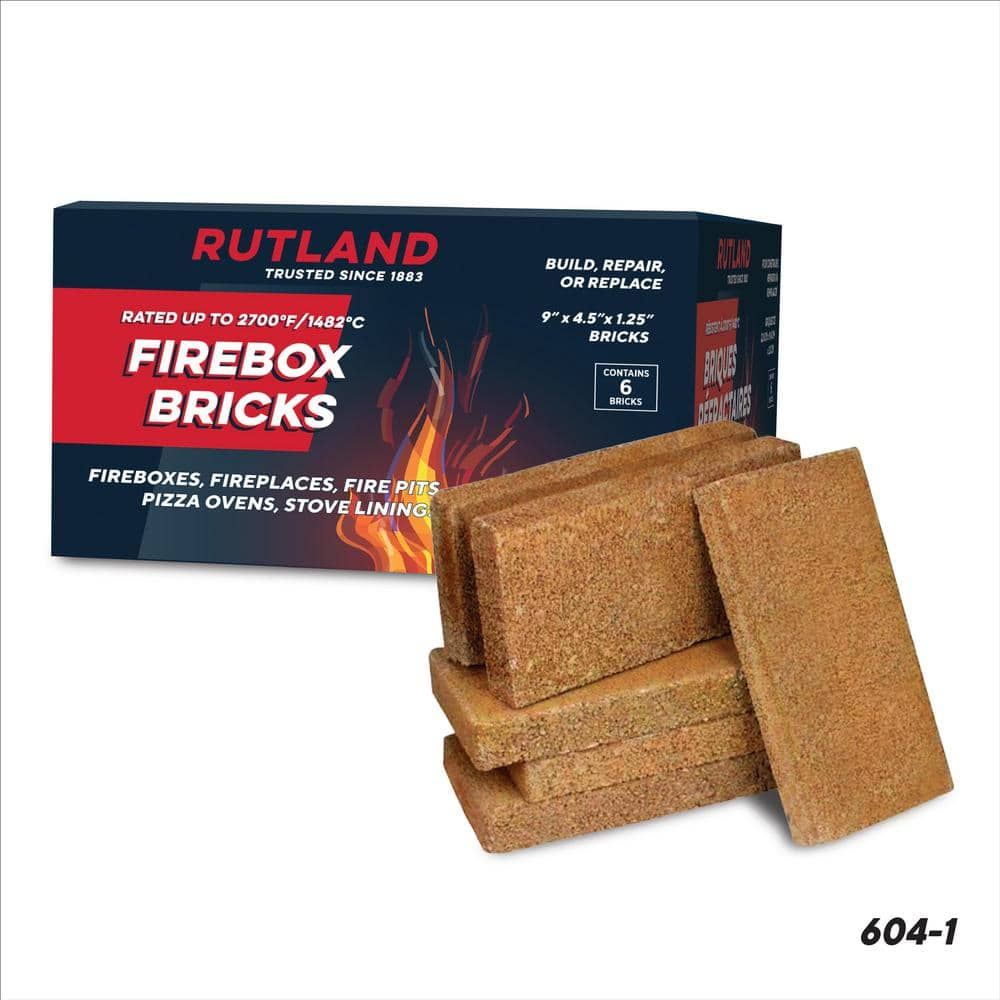I came across this Rondo Heat Battery storing heat in bricks at 1500C and it got me thinking. One regular brick weights 2.3Kg, has 1000J/Kg/K specific heat capacity (0.278Wh/Kg/K) and costs $0.50 in bulk. Heated to 1500C one brick stores 0.278*2.3*1500=959Wh of heat. $0.5/0.959=$0.52/kWh(t) storage capacity cost. Compare this to $100/kWh(e) storage cost for batteries. Bricks can be assembled into a cube with internal channels to run coiled up nichrome wire to run electric current for heating the brick. Multiple banks of heating wire coils can be step switched to present ideal MPP load to solar panels reducing cost of MPPT controllers since solar panels can directly connect to heating wire without DC-DC converter. With PV cost being so cheap this could be great way to store multiple days of sun energy for house heating during winter. 1 Ton of bricks (434 bricks = $217) would store up to 416 kWh of heat equivalent to 16 gal of propane. Rondo claims 1% heat loss per day. The cost of insulated enclosure and air-air or air-water heat exchangers is extra but should not be expensive to DIY.


Last edited:




